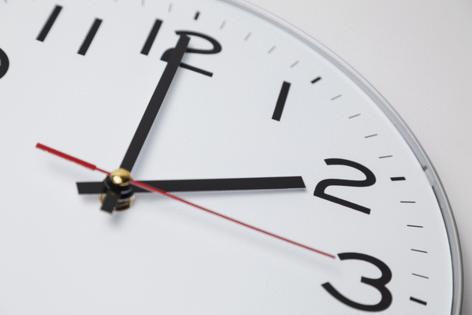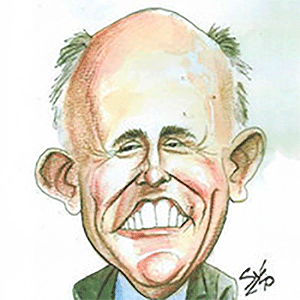Trump backs permanent switch to daylight saving time
Published in News & Features
President Donald Trump on Friday backed switching the U.S. to permanent daylight savings time, a move that would eliminate the often disruptive moving of clocks back and forth twice a year and offer more sunlight later in winter afternoons.
Trump weighed in on the controversial topic as Congress considers whether to keep the current system, switch to permanent daylight savings time or switch to permanent standard time.
“The House and Senate should push hard for more daylight at the end of a day. Very popular and, most importantly, no more changing of the clocks, a big inconvenience,” Trump wrote on his social media site.
He added that moving clocks forward and back by an an hour two times a year is “for our government, a very costly event,” though he didn’t elaborate.
Trump had previously called for permanent standard time and recently said he was “50/50” on the decision.
Sen. Ted Cruz, R-Texas, who’s chairing a Senate commerce committee hearing on the issue, said there’s consensus across the political and geographic spectrum on ending the “spring forward, fall back” drama for good.
However, he noted there are divisions about whether to switch to year-round daylight or rather go to 12 months of standard time.
“There is widespread agreement on locking the clock,” Cruz said. “(But) there are very real and complicated issues and countervailing arguments on both sides.”
Advocates for permanent daylight savings time say virtually all people could take advantage of additional daylight later in the afternoon, compared to the current system which moves clocks back by an hour in November and forward in March.
The benefits would be particularly noticeable in places like New York that are on the eastern sides of time zones, as they suffer from very early winter sunsets and relatively early sunrises under standard time.
It would also likely be widely welcomed across the Sun Belt, where people could take advantage of being outdoors later in the day during winter.
But supporters of permanent standard time counter that later sunrises on winter mornings would be downright dangerous for millions of children who would need to get to school in predawn darkness.
The impact, which would also be tough for farmers, would be especially problematic in states on the western edge of time zones and in the northern Midwest and Great Plains.
Sleep experts mostly say standard time would be better because it’s more aligned with our circadian rhythms regulating virtually all bodily functions.
The Senate surprised many by unanimously passing a switch to permanent daylight savings time in 2022, but the bill died in the House of Representatives.
The U.S. first implemented daylight savings time in 1967. It attempted making it year-round in the mid-1970s but abandoned the experiment amid widespread objections to dark winter mornings.
_______
©2025 New York Daily News. Visit nydailynews.com. Distributed by Tribune Content Agency, LLC.







Comments